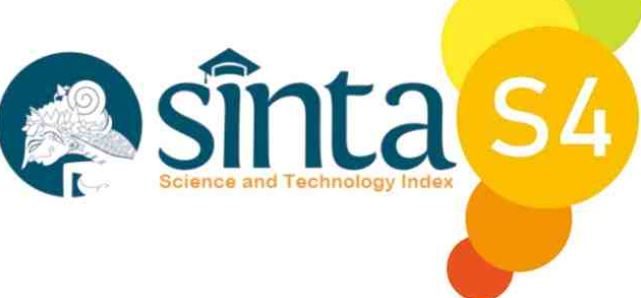Utilization of Tofu Pulp Flour in Making Cookies
Abstract
Keywords
Full Text:
PDFReferences
Ariyanti. N., Kurniawati, D., Maharani, A., Wardhani, D.H. (2016). Karakteristik dan analisis sensorik produk tahu dengan koagulan. JITEK, 2(2): 73-81.
Creswell, John W. (2013). Research Design Pendekatan Kualitatif, Kuantitatif, dan Mixed: Edisi Ketiga. Yogyakarta: Pustaka Pelajar.
Barus, T., Wulandari, Y.R.E., Hutagalung,R.A., Subali, D. (2019). Pelatihan membuat tahu yang sehat pada WKPRI PAROKI ST. Maria Fatima, Sentul City, Bogor. Jurnal Bakti Masyarakat Indonesia. 2 (1), 20-29.
Devi, Kuntala G, Karnita I, Hamdika F. (2022).The use of brown rice milk in the making of milk pie. The Journal Gastronomy Tourism, 9(1): 1-8.
Edward, Anastasia. (2019). Biscuits and Cookies: A Global History. Reaktion Books
Fajri I, Ningsih C, Octavia S. (2022). The Differentation of corn choux pastry product with additional vegetables as stuffing. The Journal Gastronomy Tourism. 7(2): 93-105.
Febriyanti, Yuyun. (2020). Nasi Minyak, a product of Arabian Culinary Heritage As A Gastronomy Tourism in Palembang City. The Journal Gastronomy Tourism, 7(2): 68-73.
Fransiska & Welly D. (2017). Pengaruh penggunaan tepung ampas tahu terhadap karakteristik kimia dan organoleptik kue stick. Jurnal Teknologi Pangan, 8(2): 173 - 175.
Herdhiansyah, D., Asriani. (2018). Strategi pengembangan agroindustri komoditas kakao di Kabupaten Kolaka – Sulawesi Tenggara. Jurnal Agroindustri Halal, 4(1), 030-041.
Irianto, Agus. (2015). Statistik (Konsep Dasar, Aplikasi dan Pengembangannya). Jakarta: Kencana.
Kurniawan, B. (2012). Metodologi Penelitian. Tangerang: Jelajah Nusa.
Mutmainna, N. (2013). Aneka Kue Kering Paling Top. Jakarta: Dunia Kreasi.
Resmi, Citra I, Dhewanto W, Dellyana D. (2023). Gastronomy tourism: Local food and tourism experience in Bandung. The Journal Gastronomy Tourism, 10(2): 195-202.
Rahma, Aulia F, Wahyuni S, Ainurahman S. (2023). Gastronomy Tourism: Local Food and Tourism Experience In Bandung. The Journal Gastronomy Tourism, 10(2): 114-127.
Sudrajat H, Ari S, Susilowati, Watuthoh I, Wildan. (2022). Pemanfaatan limbah ampas tahu dalam pembuatan tepung berserat pangan tinggi dan rendah lemak sebagai alternatif bahan pangan fungsional. Jurnal Hasil Pengabdian Kepada Masyarakat Universitas Jember, 1(1): 28 - 29.
Sudiarta & Putu N. (2022). Utilization of moringa leaf powder as a jelly candy flavor. The Journal Gastronomy Tourism. 9(2): 99-107.
Sunyoto, Rosidah, Bintari, S.H. (2014). Penerapan IPTEK usaha pembuatan tahu dan tempe di Bandungan Kabupaten Semarang. Rekayasa, 12(1), 16-24.
Sugiyono. (2018). Metode Penelitian Kuantitatif. Bandung: Alfabeta
Thamrin, Syahrul. (2020). The Development of smoked selais fist as a gastronomic tourist attraction in Riau Province. The Journal Gastronomy Tourism, 7(2): 62-67.
Wati, R. (2013). Pengaruh Penggunaan Tepung Ampas Tahu Sebagai Bahan Komposit Terhadap Kualitas Kue Kering Lidah Kucing [Skripsi]. Semarang: Fakultas Teknik, Universitas Negeri Semarang. Jawa Tengah.
Wayne Gisslen. (2013). Profesional Baking Sixth Edition. John Willy & Sons. Inc. Hoboken, New Jersey : Canada.
Widianingrum, I. (2015). Teknologi pembuatan tahu yang ramah lingkungan (bebas limbah). Jurnal Dedikasi, 12: 14-21.
DOI: https://doi.org/10.17509/gastur.v11i1.68961
Refbacks
- There are currently no refbacks.
View My Stats





